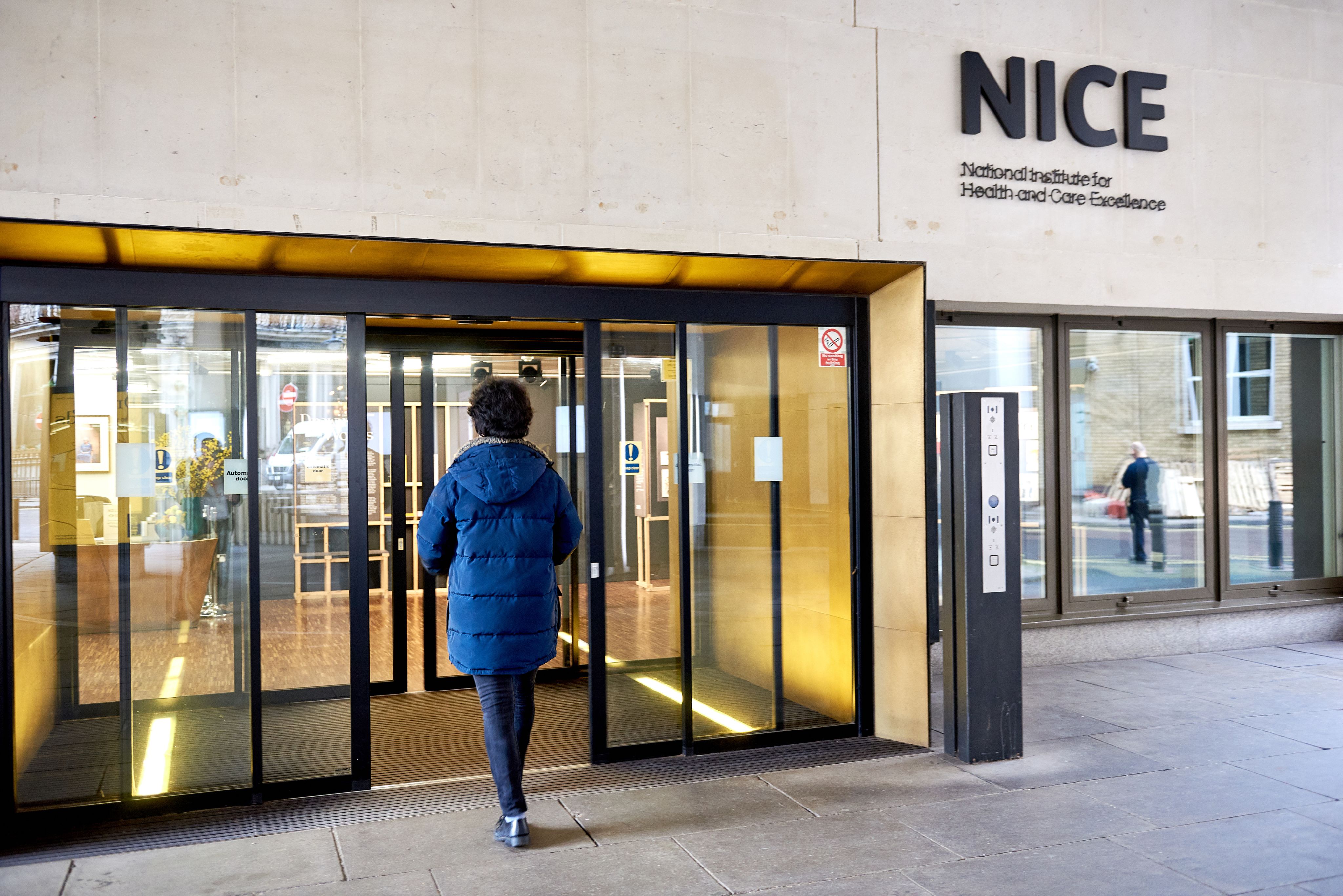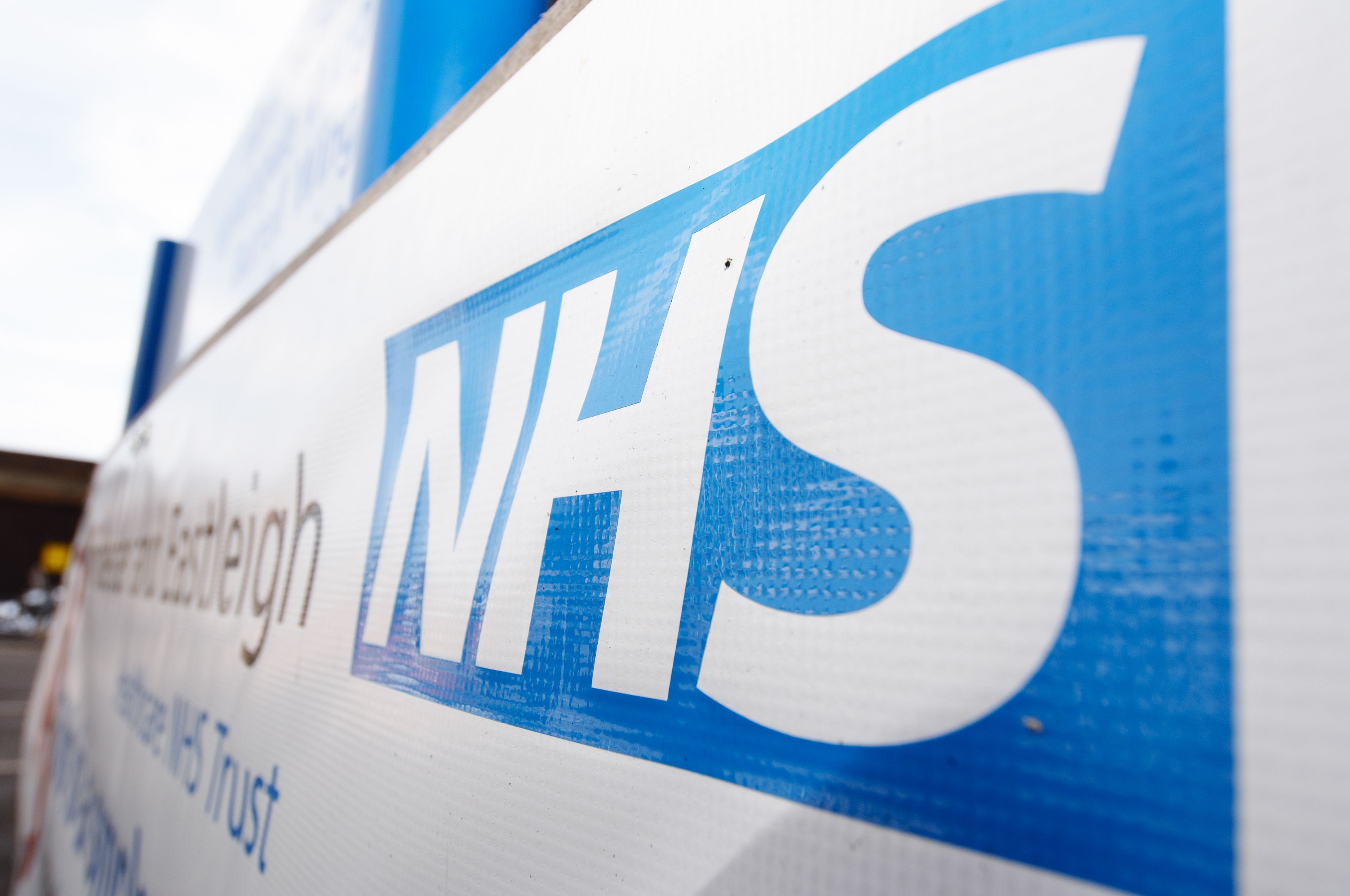Case study: Zio XT - From NICE digital health pilot to AI Award winner

At NICE, we intend to be at the forefront of the drive to bring new and better treatments to patients and service users quickly. As part of this work, over the next 5 years, we’re placing significant focus on identifying and evaluating the most promising digital health technologies. Through collaboration with our strategic partners, we’re supporting the identification, early engagement, approval, reimbursement and continued monitoring of new digital health technologies.
iRhythm Technologies was the first company to take their artificial intelligence (AI) technology – Zio XT – through the NICE digital health technologies guidance development pilot, part of the Medical Technologies Evaluation Programme. In this case study, we speak to the team involved to learn about iRhythm’s journey through the NICE guidance process and to hear about what’s next for this innovative technology as part of the Artificial Intelligence (AI) in Health and Care Award.
“The NICE team was very supportive, working with us and guiding us through the whole process.”
iRhythm.
“We will be testing Zio XT and a number of other cutting-edge technologies through our AI Lab in NHS services up and down the country to see how they could safely help patients and save resources.”
Indra Joshi, director of AI at the NHS AI Lab.
About the technology

500,000 people in the UK are believed to be living with undiagnosed atrial fibrillation, one of the most common cardiac arrhythmias.
The Zio XT service consists of a biosensor patch that records and measures the heart’s electrical activity. It can be worn for up to 14 days. After use, the patient removes the patch and sends it to iRhythm for analysis. An AI-developed algorithm analyses the ECG recordings, overseen by the company’s own cardiac physiologists.
A report is then supplied to the patient’s doctor who can decide if they need treatment or can be reassured and discharged. Zio XT can improve both patient experience and detection rates of a range of clinically important arrhythmias, including atrial fibrillation.

NICE digital health pilot project
Our 2020 digital health technologies guidance development pilot project focussed on assessing whether we could apply our existing methods and processes to advanced digital technologies. We’d previously produced a medtech innovation briefing on the Zio service and in 2019, NICE approached iRhythm with a view to taking Zio XT through guidance production as part of the pilot.
To begin with, iRhythm did have some concerns. “Small digital health technology companies often do not have the sizable budgets required to commission large-scale economic models and systematic reviews, particularly if the outcome of a guidance process may be uncertain” they acknowledge. “Although our evidence was good, we were unsure if we were ready to go through a NICE evaluation.”
To help allay the company’s fears, our Medical Technologies Evaluation Programme team took an initial look at the company’s data. They felt that the evidence was robust and so iRhythm formally notified the product to NICE through Health Tech Connect.

A supportive process

Throughout the guidance development process, iRhythm found the NICE team helpful and supportive. “It’s a huge deal for a small digital health developer to go through a NICE evaluation,” they stated. “But the NICE team was very supportive, working with us and guiding us through.”

A good example of this support occurred midway through the process, when draft guidance on Zio XT was published for consultation. Here at NICE, independent committees made up of professional experts, patients and carers develop our guidance. In their draft recommendations on Zio XT, the committee felt the technology showed promise. However, it felt there was not enough evidence on its diagnostic accuracy to support the case for adoption.
“That was an anxious time for us,” iRhythm admits. “We met with the NICE team and had the opportunity to present commercial sensitive information and confidential technical data that was not provided as part of our original evidence submission. One of NICE’s technical advisers was particularly helpful. He took our additional data to an independent external assessment centre for review and critique. He then presented the data, along with the centre’s findings, back to the committee.”
The committee considered this information, along with the consultation comments received, and revised their recommendations to support the case for adoption. The committee also requested that further data be collected on Zio XT’s impact on NHS resources and the long-term consequences of its use.
A positive recommendation
In December 2020, NICE published positive final guidance recommending Zio XT for detecting cardiac arrhythmias in people who would benefit from monitoring for longer than 24 hours.
At the time, our director of the Centre for Health Technology Evaluation, Meindert Boysen said: “This easy to use and innovative technology can aid the detection of cardiac arrhythmias with continuous monitoring for up to 14 days while allowing the patient to get on with their everyday life.”
“We were so pleased when NICE recommended Zio XT,” iRhythm says. “The guidance sends a clear message to healthcare providers and commissioners that the Zio XT service is of value to patients and the NHS.”

The AI in Health and Care Award
During guidance production, the Accelerated Access Collaborative announced that iRhythm was one of the winners of the AI in Health and Care Award. As a result of the award, Zio XT is now being evaluated in hospital sites up and down the country with the aim of generating evidence for wider NHS adoption.
“The process of developing NICE guidance was also useful in identifying gaps in our evidence,” iRhythm acknowledges. “This has helped us as we developed our evidence generation plans for the AI Award. We now understand where our focus should be.”

Advice for other medtech developers
For other digital health developers who are exploring how best to introduce their products to the NHS, iRhythm concluded with this advice. “A NICE recommendation sends a clear signal to the health and care system that your product is suitable for widespread adoption. The MedTech Funding Mandate helps to amplify this message. Companies need to double down on generating the evidence that they need to guarantee a positive outcome at first submission.”
